Darkness set in just a few miles before we reached Lake Powell. We closed in our targeted camping spot for the night after riding 70-odd miles on rough and rocky 4×4 roads. Through nine hours of heat and sun exposure, and a few falls on technical climbs and challenging descents, I thought, “What’s the worst a few downhill miles could be?” and continued pedaling the home stretch to the lake. Oh, was I wrong. It could be worse.
Our group donned headlamps as we began the gradual descent into a tight sandstone canyon. Soon enough, the floor turned to deep sand—forcing us to hike our bikes more than we could peal, muttering unpleasantries between heavy breaths. Mentally exhausted, we eventually made it to the pin marked on my Garmin, which ostensibly had potable water nearby. That’s when things got hairy.
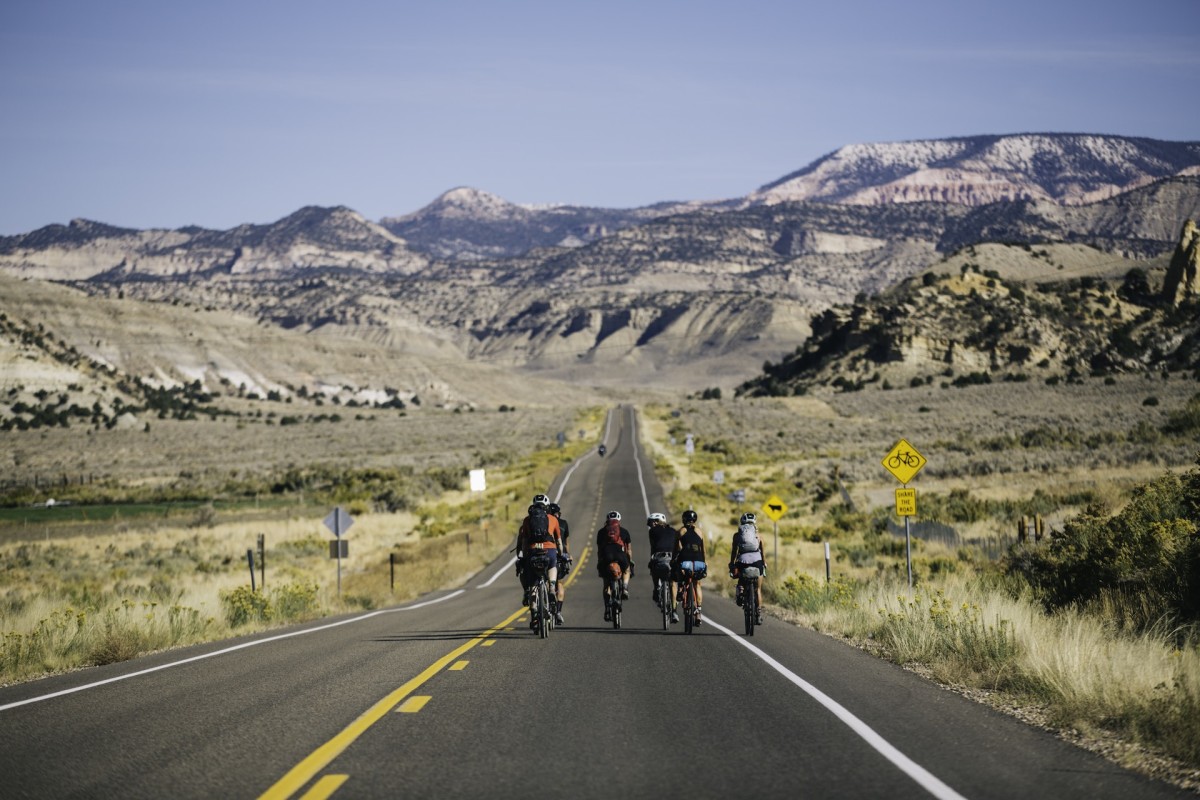
While some trips go to plan, this particular bikepacking adventure did not—in fact, the plan was changed before we even started. Originally, we were headed to Big Sur for a coastal California bike traverse of the wilderness area, but forest fires and national forest closures had pushed our resilient band of eight to southern Utah instead, to tackle a gravel loop around Grand Staircase-Escalante. We rendezvoused at the sprawling national monument’s visitor center to run through gear, fill water, go over maps, and do a shakedown ride before departing the next morning. The evening was upbeat and full of laughter slash naïveté that had a way of bringing out the optimist in us all.
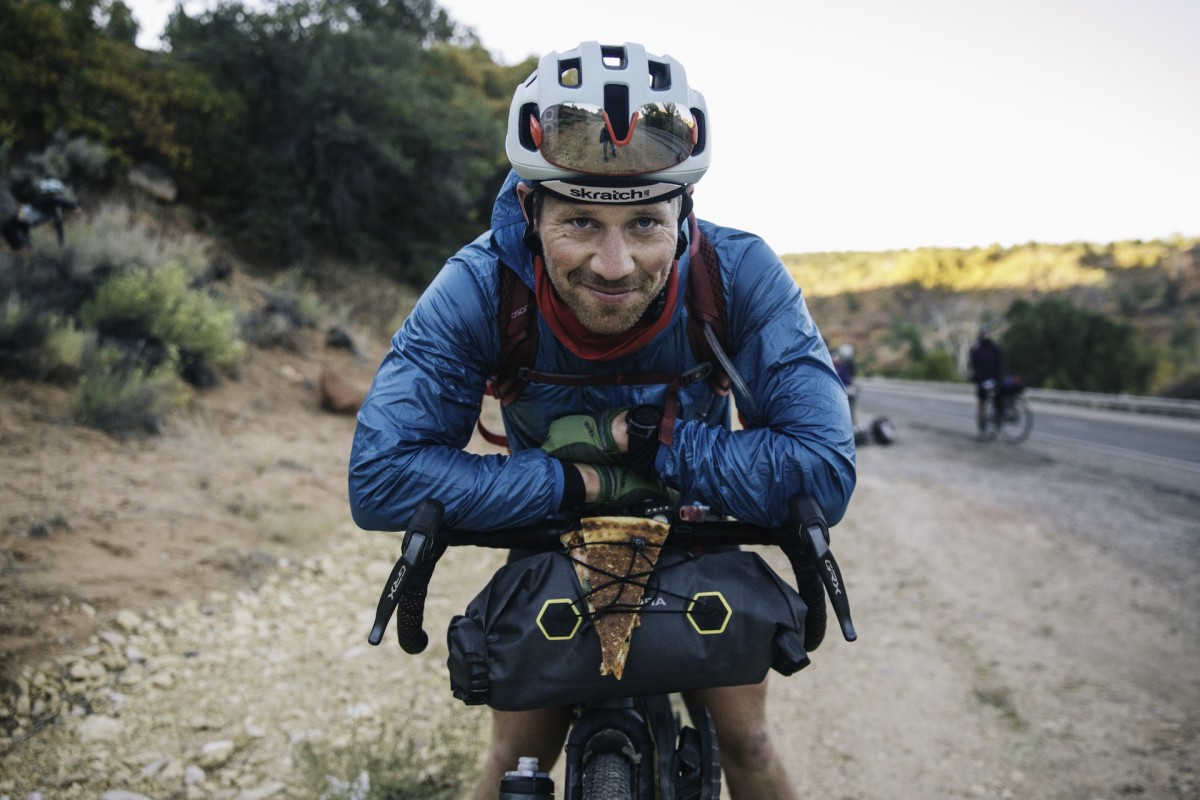
After a four-day slog, we eventually made it back to the cars, completing a 280-mile loop on mixed roads. To be honest, I’m still not exactly sure how we did it. No injuries (well, maybe some bruised egos), no mechanical issues, and no fights. Just a few close calls, but none we couldn’t solve. The hardest trips are often a blur and this misadventure was no different. We’d wake up sore, pedal until our legs screamed, stop for coffee and ice cream, pedal some more, and eventually pass out in a heap as the sun was setting. Then get up and repeat.
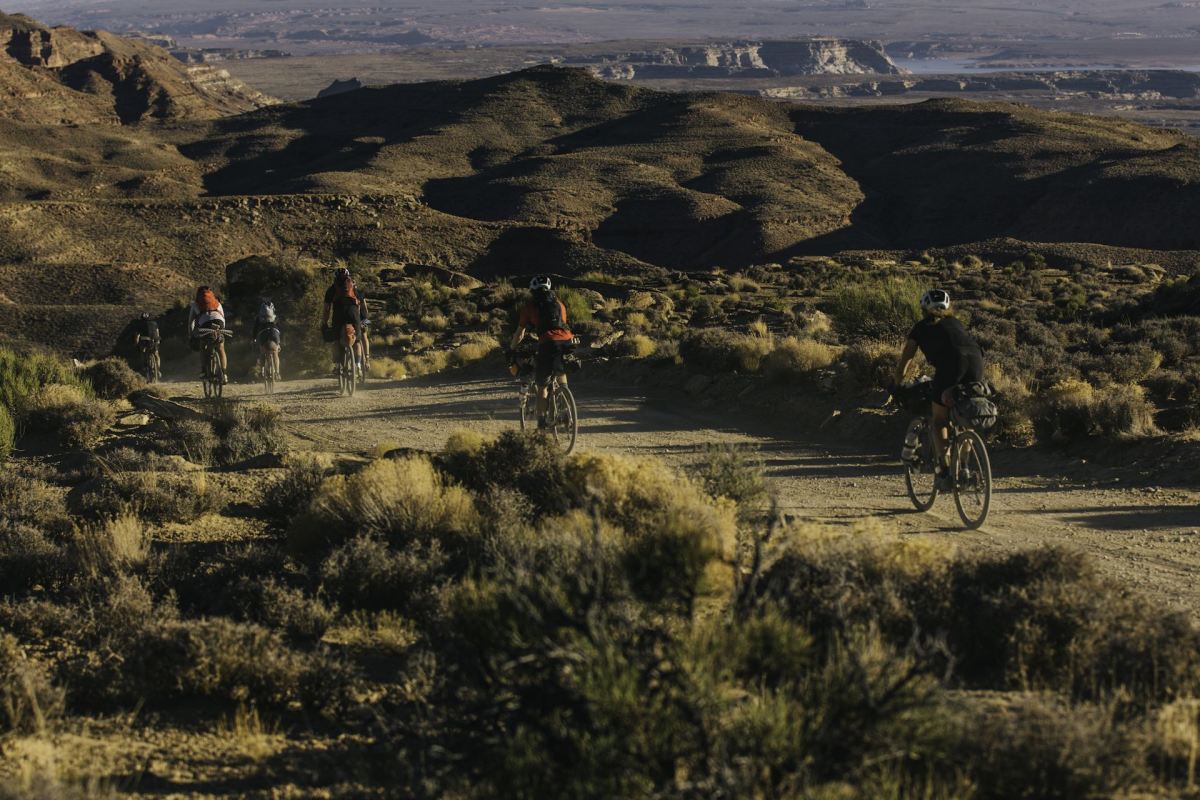
Our desert bikepacking trip did have some lessons, they just didn’t surface immediately. I’ve found myself missing those heinous climbs, appreciating the hard conversations we had, and laughing about the cold nights when I couldn’t feel my toes. At first it felt like nothing went right: water was impossible to find, the group wanted different things and pedaled at different paces, and the sun and wind were relentless. But in reality, these were mostly constructs in my mind. After time to reflect, here’s what I learned.
1. Even during a worldwide pandemic, big adventures are possible. But orchestrating a trip just takes a little more time and work. For example, all eight of us got tested for COVID-19 a week before our trip and quarantined before meeting up with each other. We wore masks in public spaces, brought hand sanitizer, slept in our own bivys, brought separate meals, and generally stayed away from people outside our group. Putting all these measures in place, it is possible to travel and adventure responsibly.
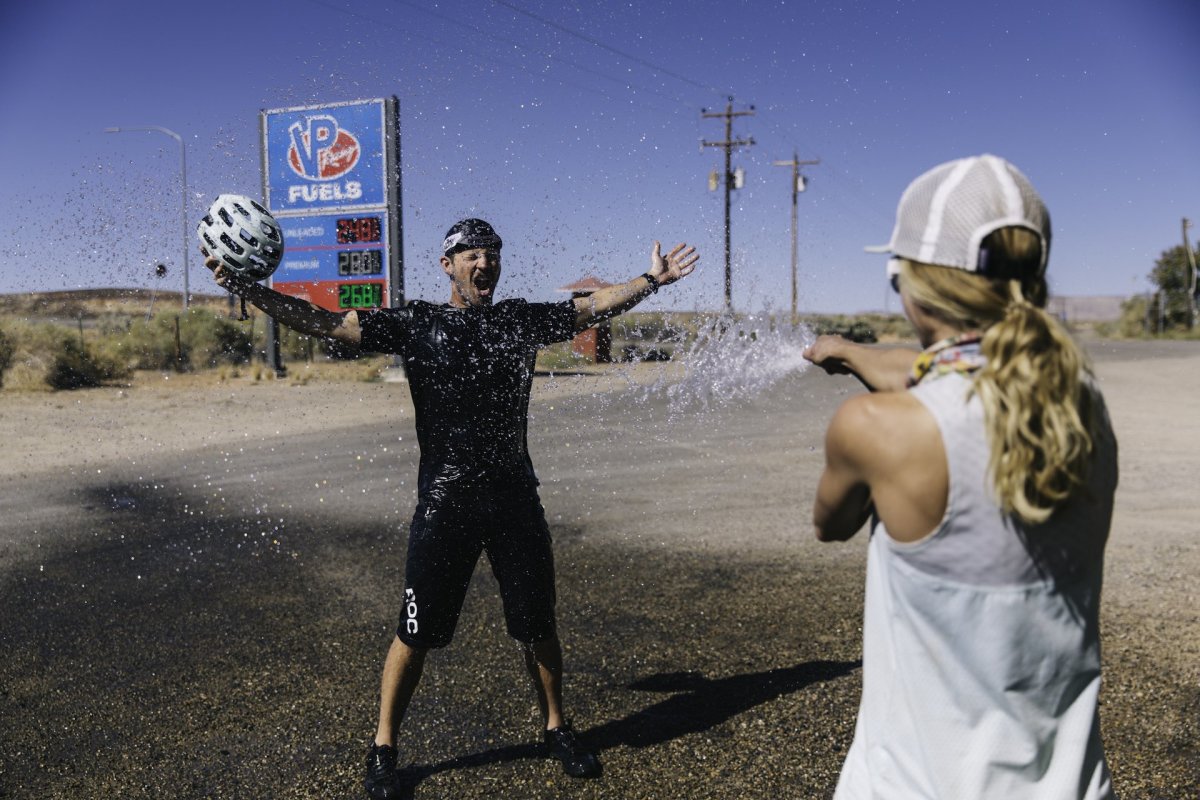
2. Always have a backup plan—and another backup plan. We learned this countless times, whether it was a small reroute, a new place to camp, nearby gas stations for restocking on snacks, or an entirely new loop if your water sources run dry (see below). If you’re bikepacking through terrain as remote as southern Utah, make sure you print or download all of your mapped backup options before you get started. I had a few routes loaded on my Garmin Edge 1030 before the trip, but still could have done more contingency planning.
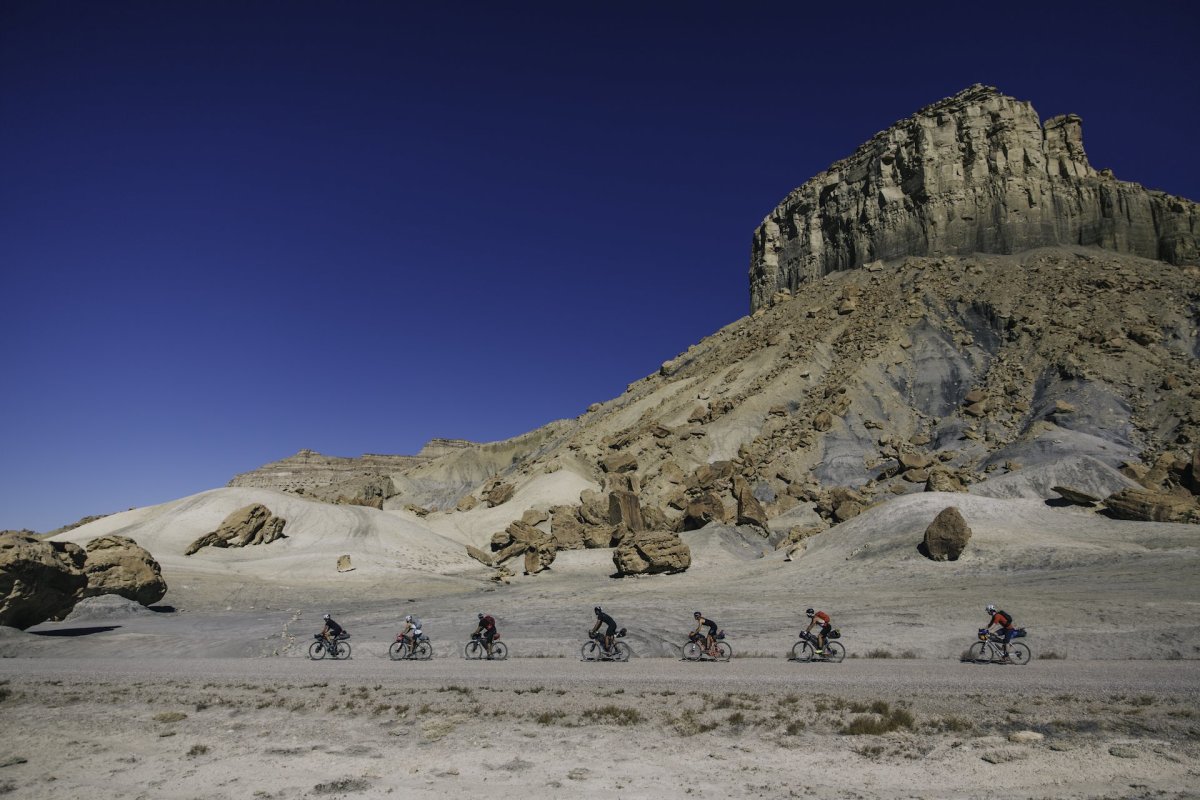
3. Bring the right tires. It’s important to do your research and know the type of roads and trails you’ll be riding—that is, not all gravel roads are created equal. I repeat, not all gravel roads are equal. I opted for G-One Ultrabrite tires from Schwalbe, which offer a solid grip for loose terrain, yet still let me roll quickly on smoother sections of road at just 38mm wide. My only miscalculation was the sand. A 45mm tire would have helped there, but been a bit slower on the paved sections of road we encountered. Durable and reliable, I had no issues with flats or punctures.
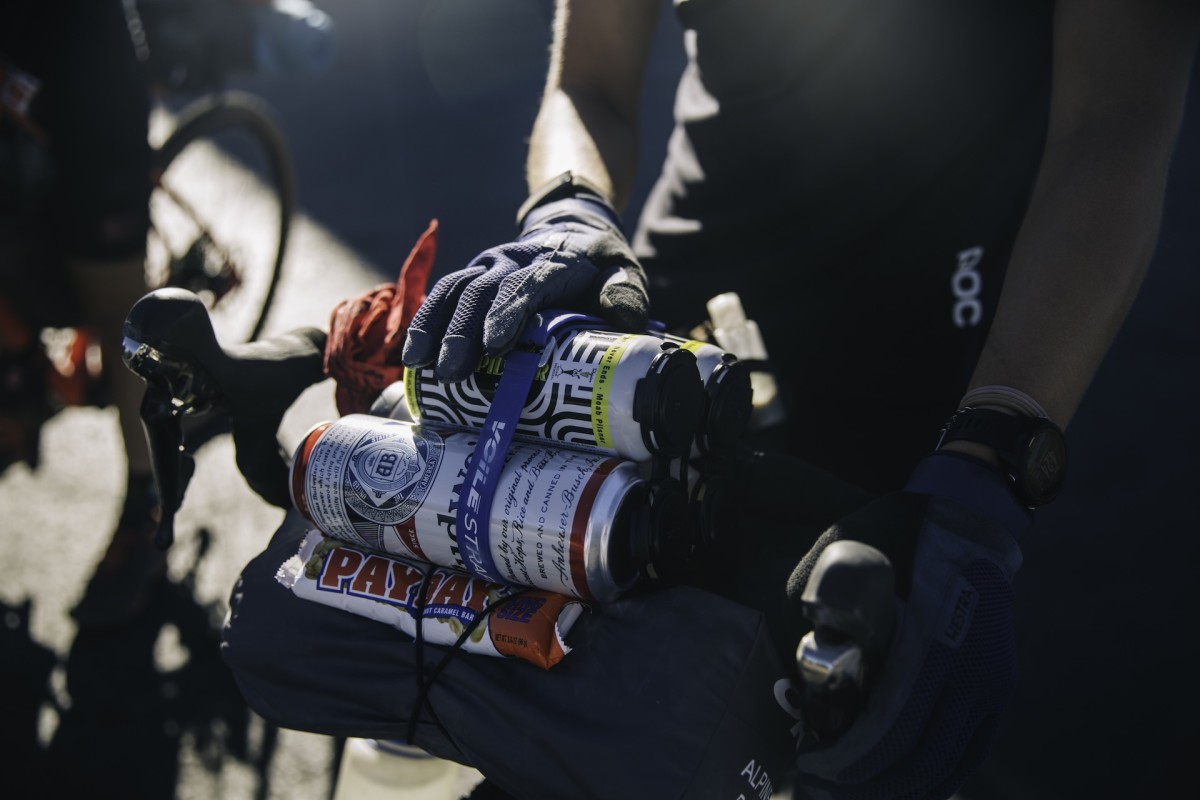
4. You can never have enough snacks. I prefer a variety of savory and sweet on long endurance missions, and generally try to search out snacks with ample sodium, electrolytes, and amino acids which help muscles and mental acuity. I also seek out liquid calories like GU Energy Labs Roctane Drink Mix, ideal for hot race days and long slogs in the desert. Nutrition varies a lot by the person, but almost everyone should try drink tabs and bring a Ziploc of electrolyte capsules.
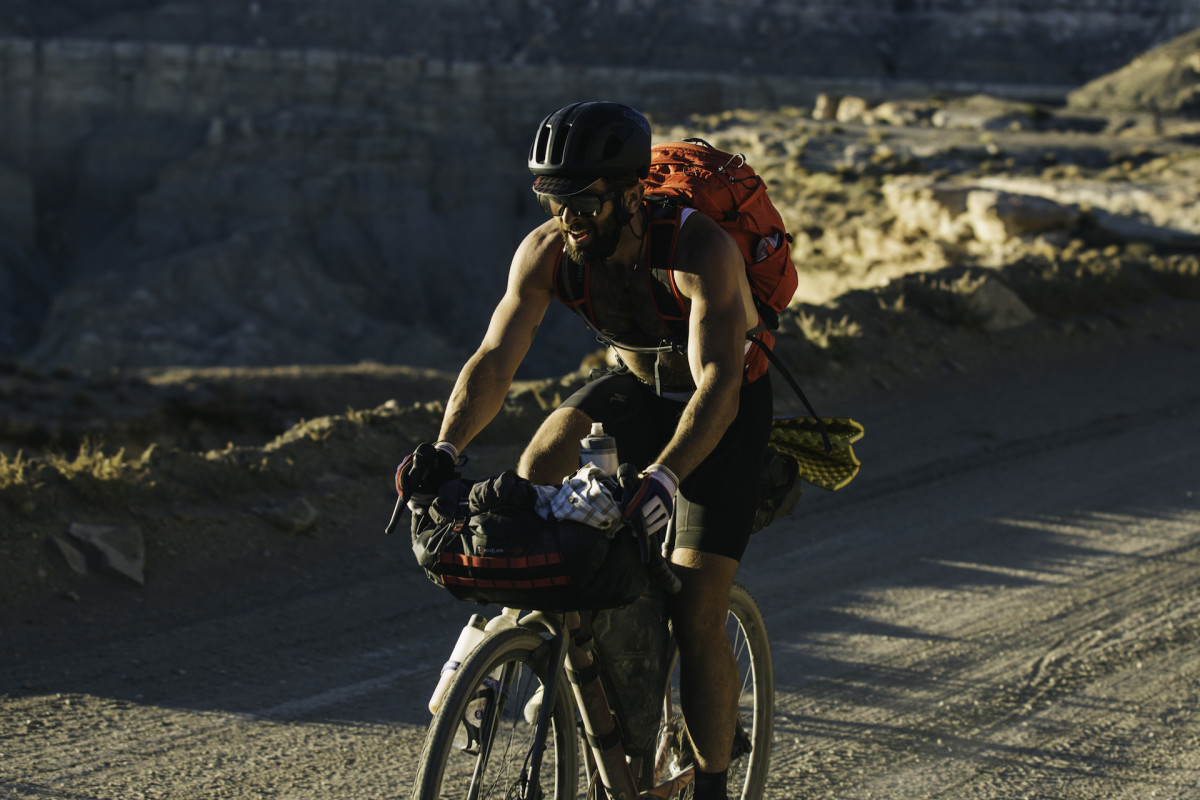
5. Safety is sexy. When you’re riding a bike loaded with 50-plus pounds of food, water, and camping gear, easy trails are trickier than expected. We wanted helmets that could breath, be comfortable for long days, and still protect us if we made a mistake, which happens a lot while riding through sand in the dark. I used a Ventral Spin from POC paired with Aim sunnies. No complaints with this combo. Trying not to burn, we all brought our own ChapStick and sunscreen and applied them frequently and liberally.
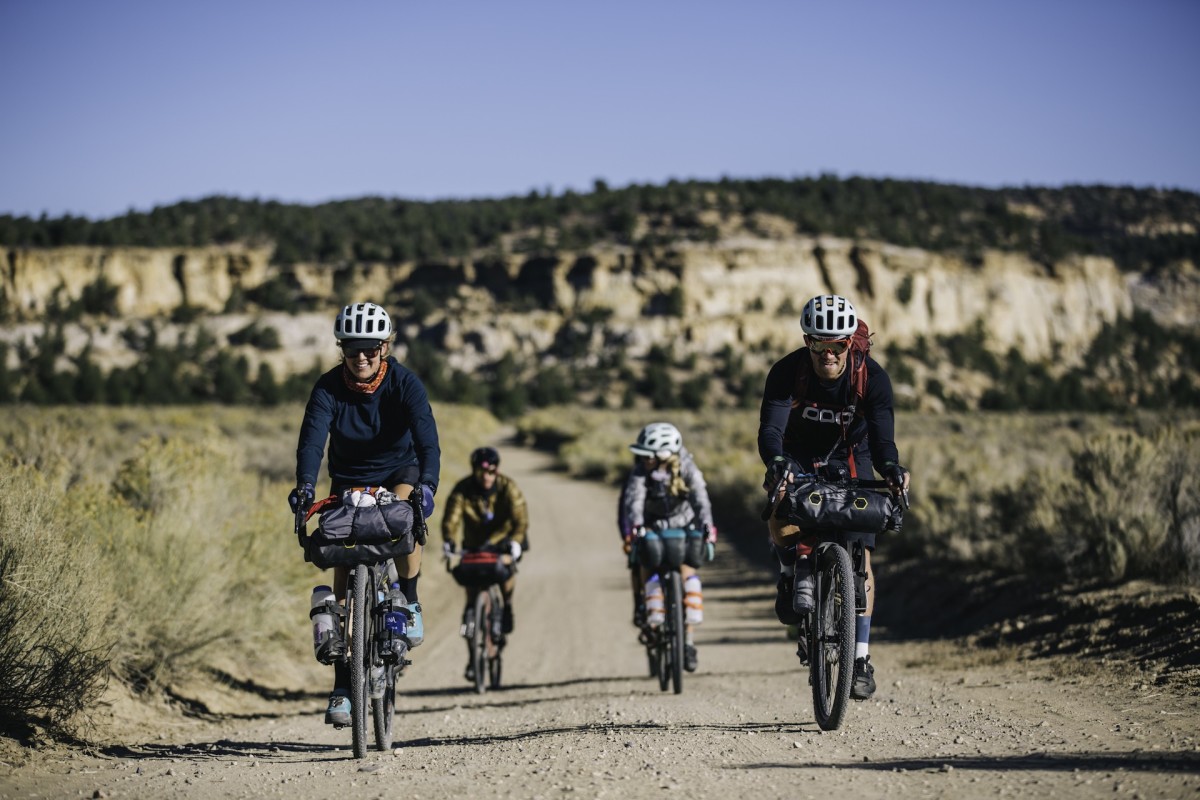
6. Smooth out your ride. Long gravel rides have a way of breaking your body, even for the most seasoned riders. Some of this is inevitable—pain is part of the journey—but that doesn’t mean you shouldn’t try to mitigate the worst of it. I rode a Specialized Diverge which has an innovative front suspension called the Future Shock, with 20mm of travel. This smooths a lot more than you’d expect. I also wore a pair of Long Sr Gloves from Hestra and my hands were very grateful.
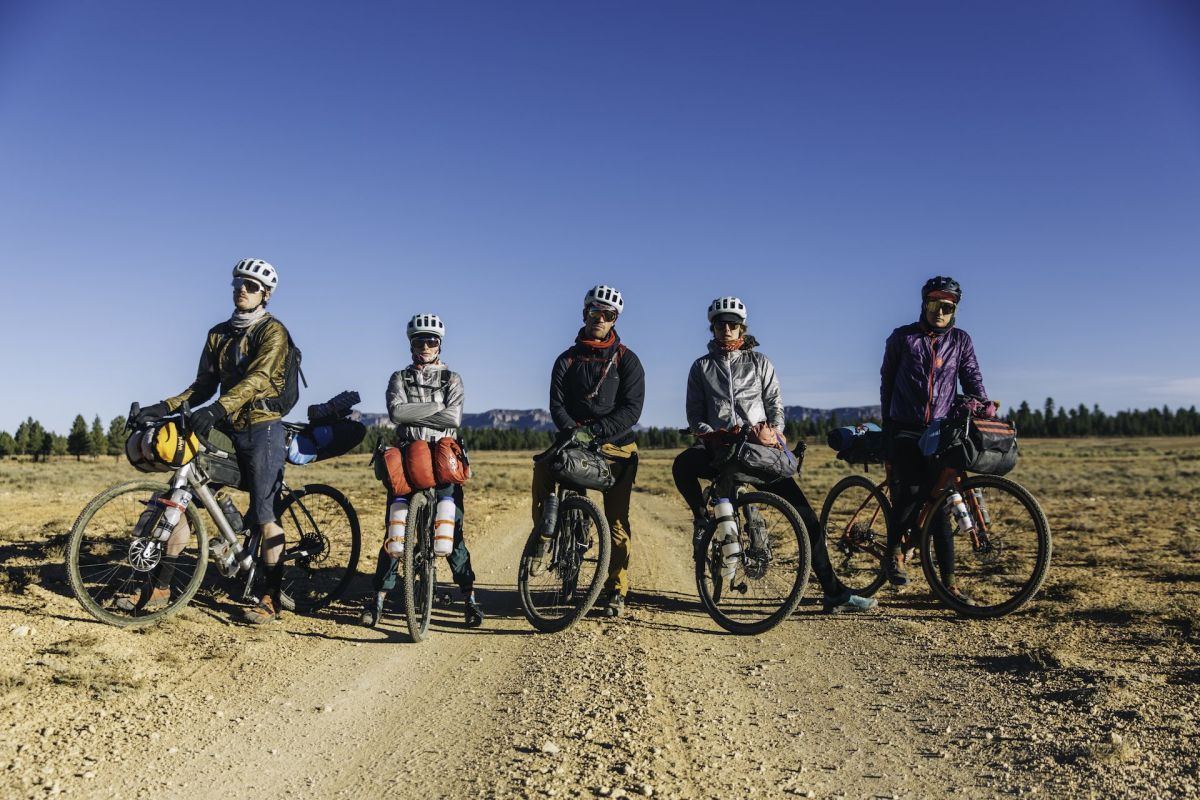
7. Think about water. Then think about it some more. This was especially true for us, while riding across the desert. It may be less relevant on trips in wet places like the Pacific Northwest. We scouted four reliable water sources on the loop and, frankly, I wish we had twice as many, even if it meant going slightly out of our way. With just one refill every day (typically at our campsite), we were forced to carry 6-plus liters on us. I brought Sinskin 12 from Osprey Packs with a 2.5-liter bladder and four bottles to do so. I was also testing a new filter from MSR called the Guardian Gravity, which has a large 10-liter volume and filters out nearly everything.
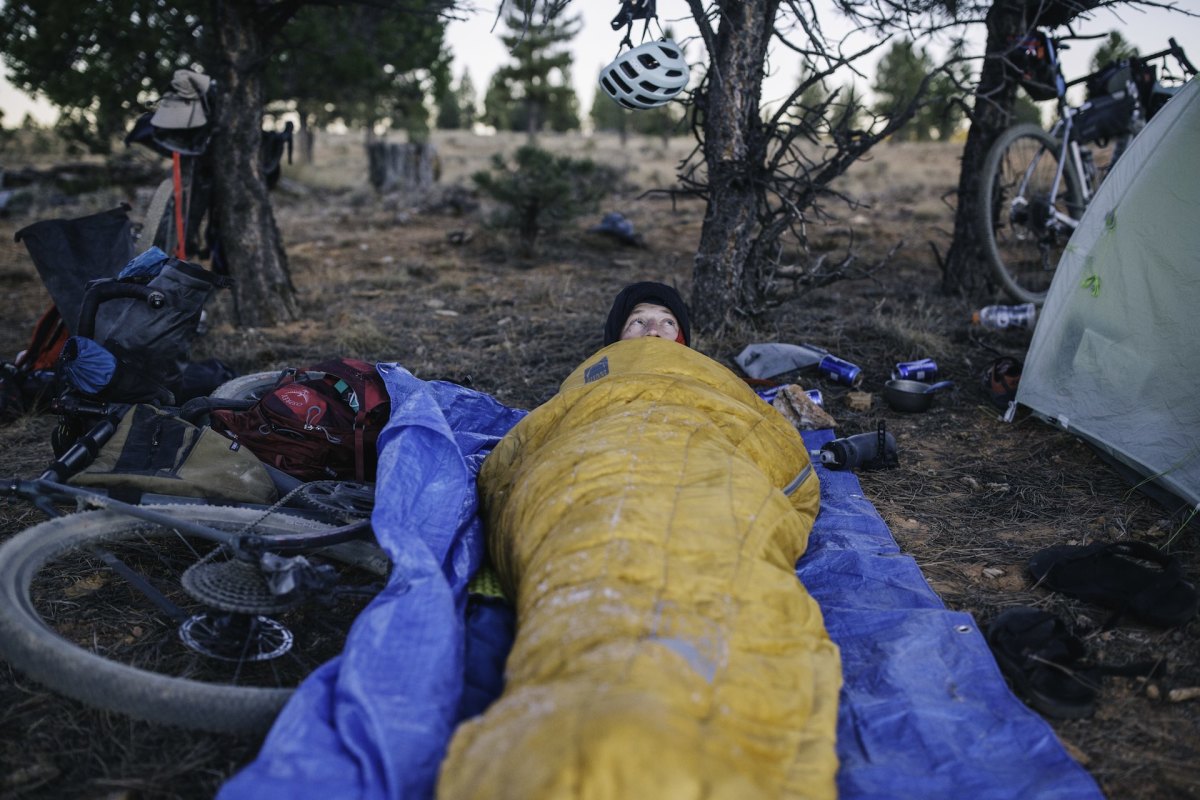
8. Pack as light as possible–without freezing at night. A few pounds can make a huge difference, especially over a long distance. Try to cut out duplicates, cut luxury items, and bring gear that’s versatile. We opted to share stoves and water filters to cut weight, only bring a couple first aid and repair kits, and pack just enough warm layers to get by. This is a tricky balance in the desert with hot days and cold nights (our last night it dropped below freezing). I brought a Patagonia lightweight bag and to stay warm, a Puffer Hoodie from Topo Designs.
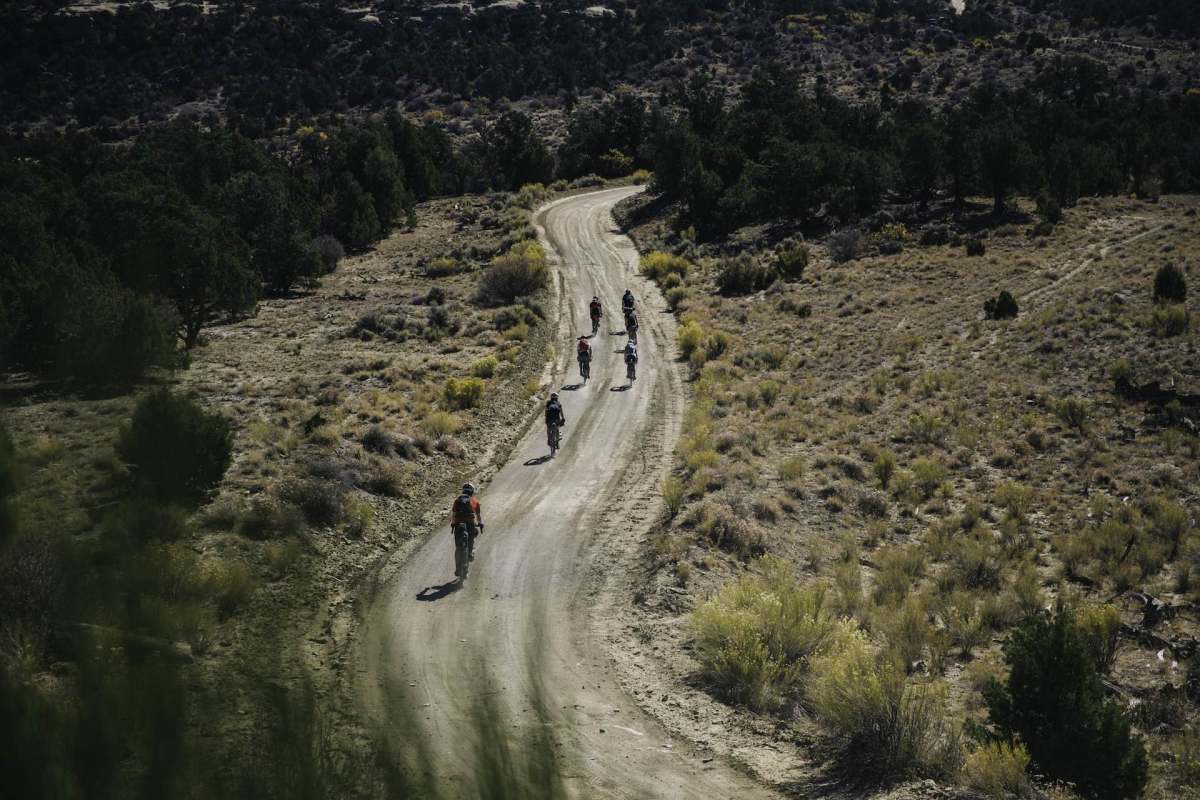
9. Learn to love granny gear. With three back-to-back-to-back days of 75 miles over challenging terrain, we focused on staying steady, not fast. This wasn’t a race, but rather a test of stamina to see if we could just keep pushing through. On big climbs I was grateful to have a SRAM AXS Eagle cassette and groupset, a technology imported from the mountain biking world. This allowed me to save strength and power, thanks to a 52-tooth mechanical advantage.
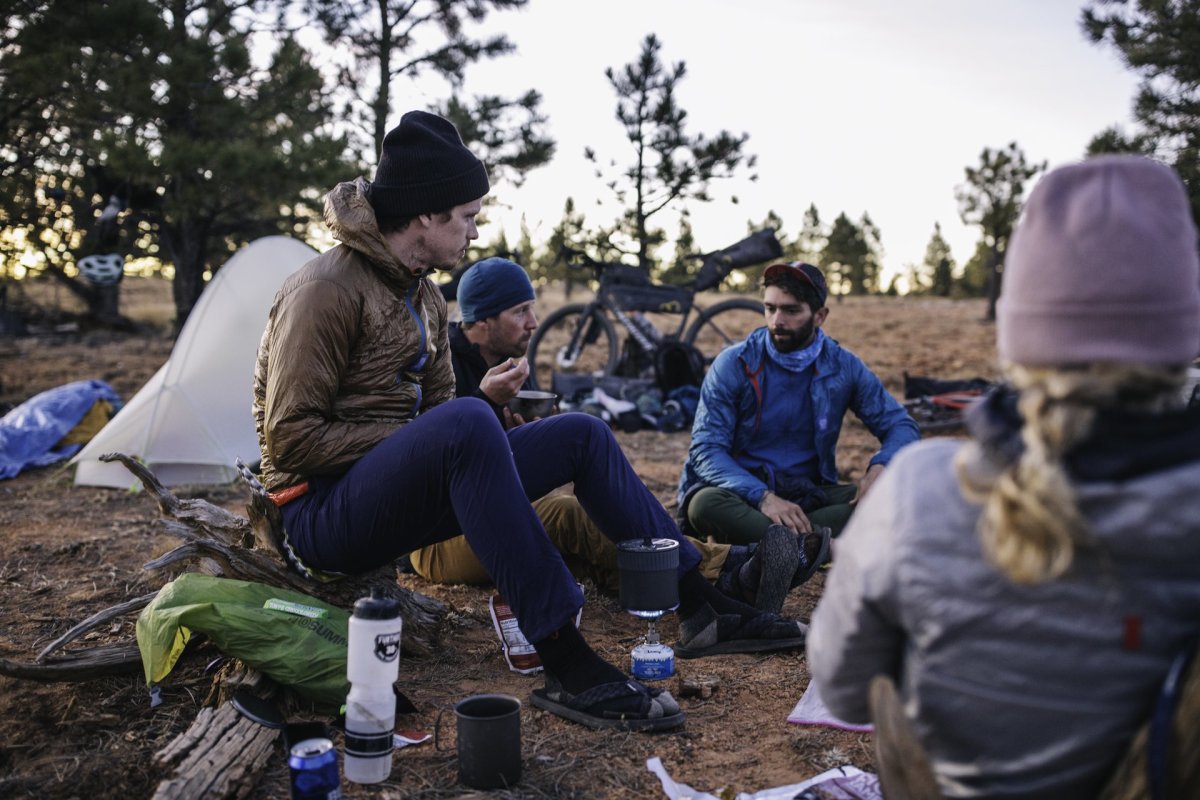
10. Even when you’re tired, warm food is worth it. Some bikepackers cut weight by leaving their stove and fuel at home, but I promise you this is a mistake. A MSR Pocket Rocket 2 and a Good to Go Cuban Rice Bowl is essentially the same weight as a meal of trail mix, cheese and salami, and the warmth is a huge morale booster after a long day of pedaling. Sure, it takes a little bit of time to boil water, but this evening ritual became something we would look forward to as we took a few minutes to process the day.
— See more recent dispatches from Cochrane, including a bike-to-ski circuit of Pacific Northwest volcanos, a look at life on an Alaskan crab boat, coverage of the Baja 1000, and the tale of an emergency canyon evacuation deep in the Mexican jungle.
from Men's Journal https://ift.tt/35IlA59
via IFTTT

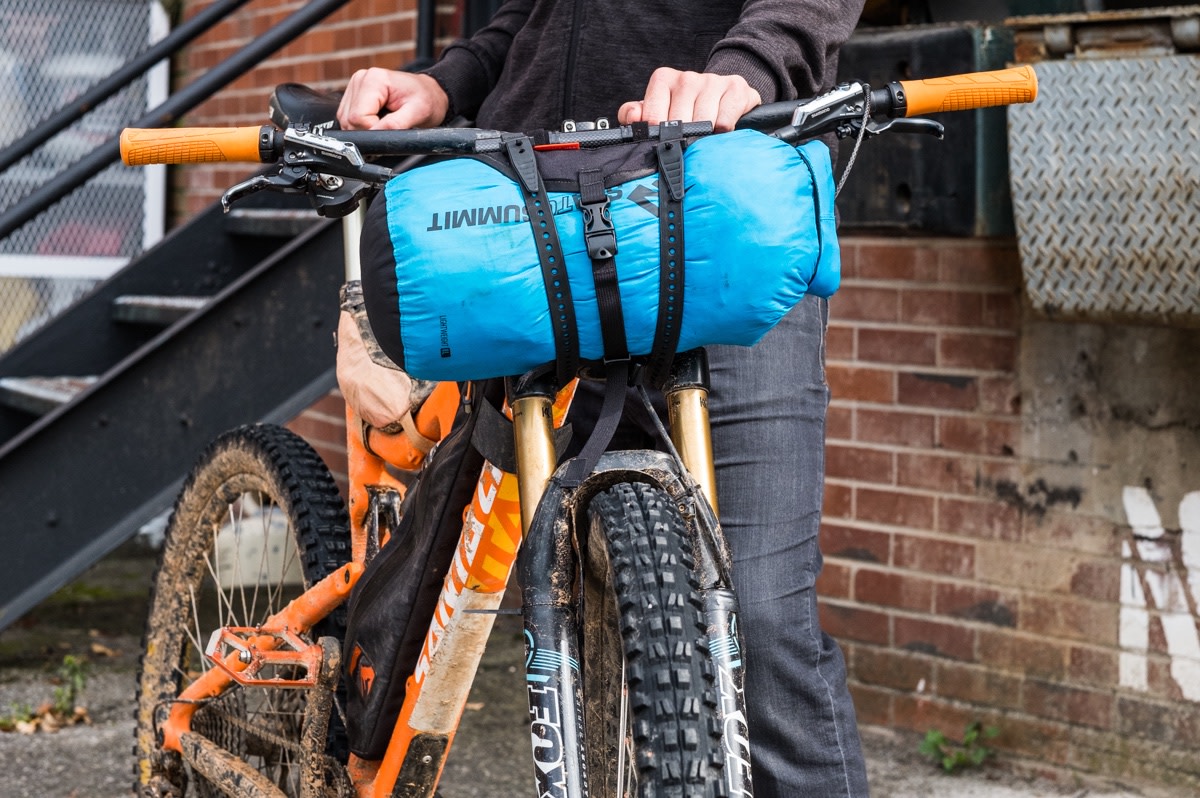

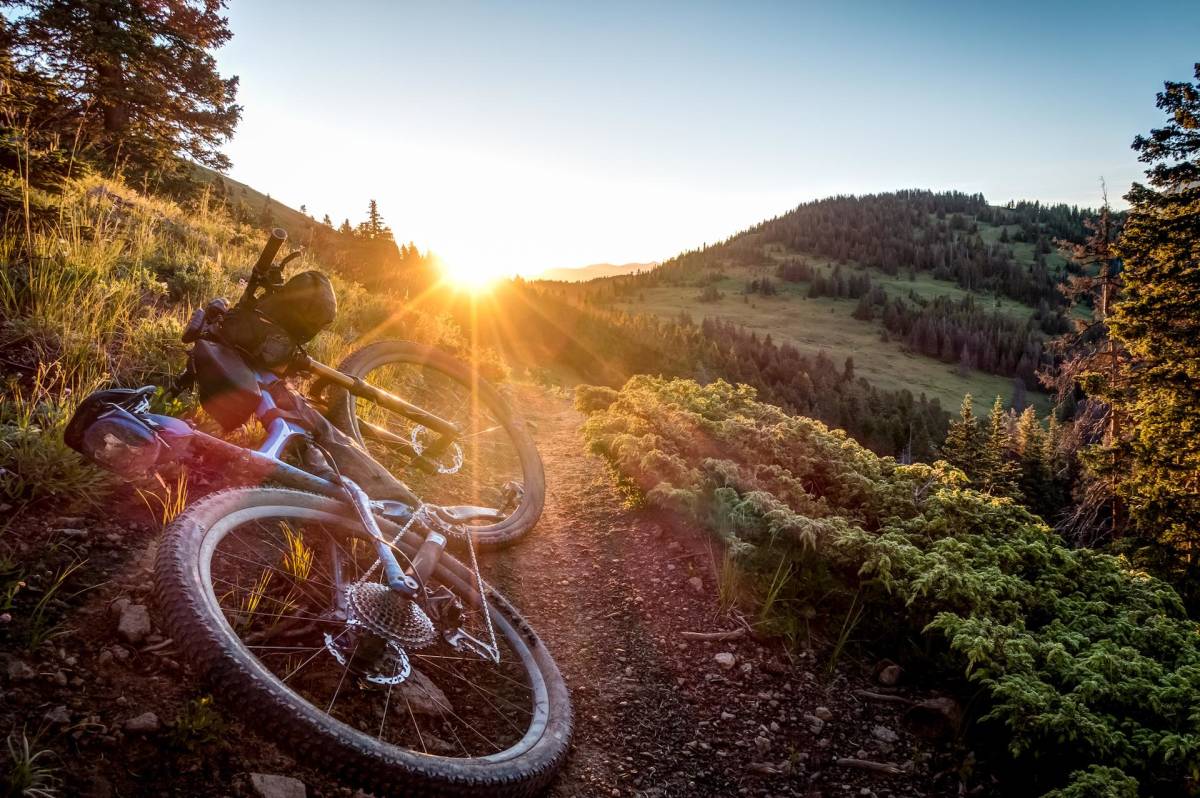








0 comments:
Post a Comment